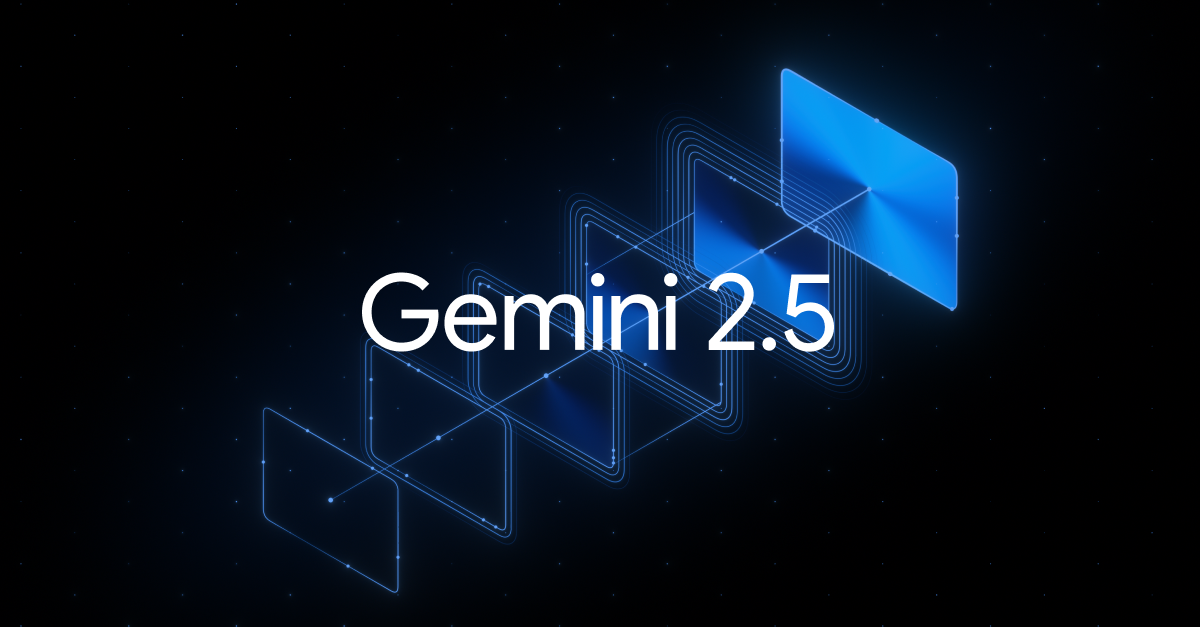Nokia 6.2 and 7.2 hands-on preview: Green with envy
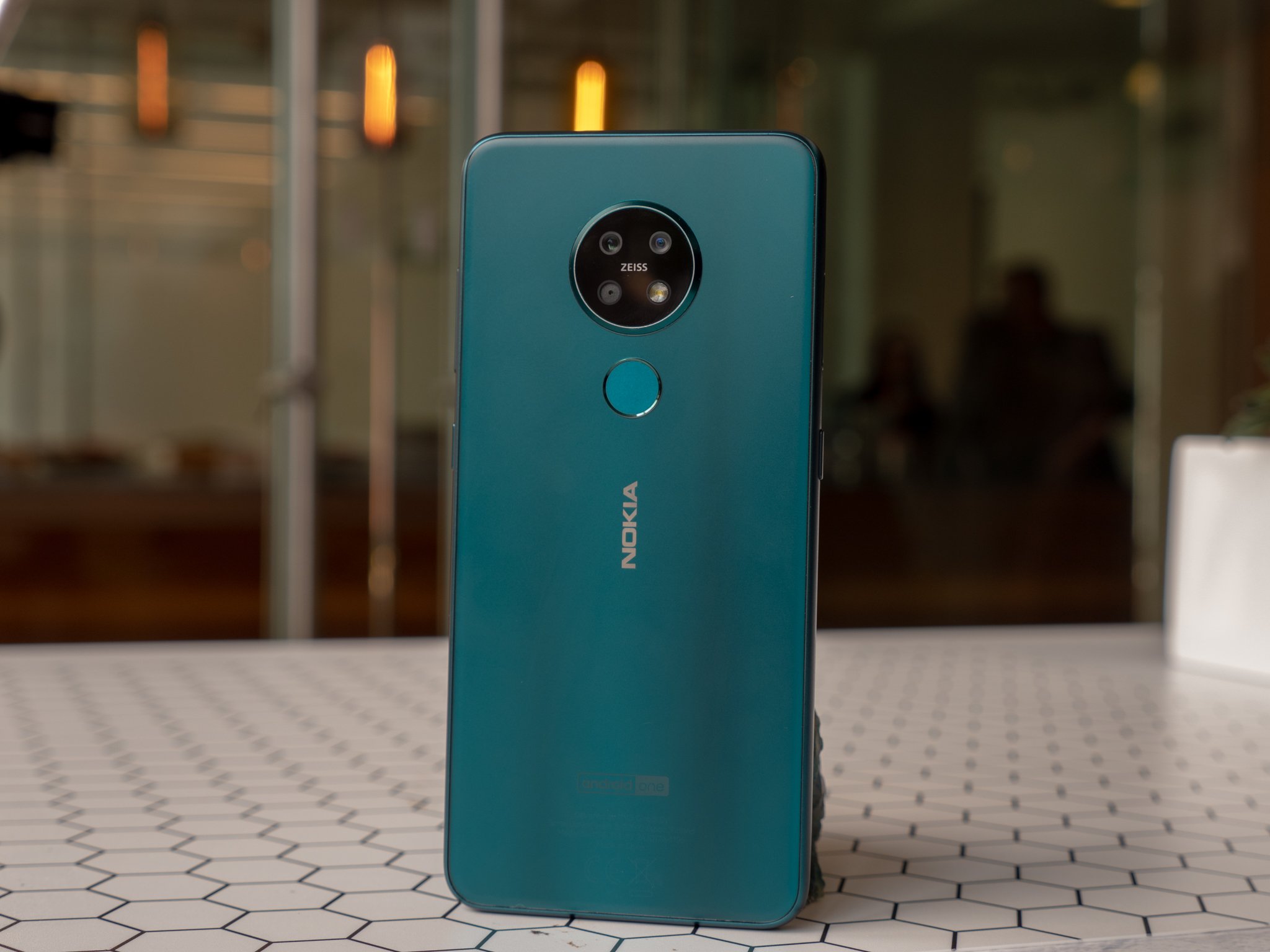
In the few years since HMD relaunched the Nokia brand, the company has put out a portfolio of smartphones, most of which haven't ignited the market as the company would have hoped. The few exceptions to this are the Nokia 6 and Nokia 7 series, which both achieved successful penetration in the affordable segment. In particular, the Nokia 7.1 was one of the best affordable devices launched last year.
A key issue has been that Nokia launched regular and plus versions of both ranges, which added confusion around which device was which. With the launch of the Nokia 6.2 and Nokia 7.2 today, the company has combined the plus and regular versions of each handset and made two phones that have the potential to be best-sellers.
Both devices share the same basic framework, with the Nokia 7.2 improving on the Nokia 6.2 in every way. Both have the same 6.3-inch Full HD+ panel with Nokia's PureDisplay technology, and a graphics accelerator built with PixelWorks, which allows Nokia to improve the color accuracy and gamut. PureDisplay also allows Nokia to upscale all content to HDR, as it expands the width of the color and tunes the colors based upon your ambient surroundings.
If updates are important to you, you'll be safe with Nokia's great software update track record.
Both devices feature Android One, with a button dedicated to Google Assistant. They launch running Android Pie and have guaranteed security updates for three years, as well as major software updates for two years. Given Nokia's track record, we can safely say that, unlike most other manufacturers, your phone will get upgrades in a timely manner.
The Nokia 6.2 is a great first smartphone
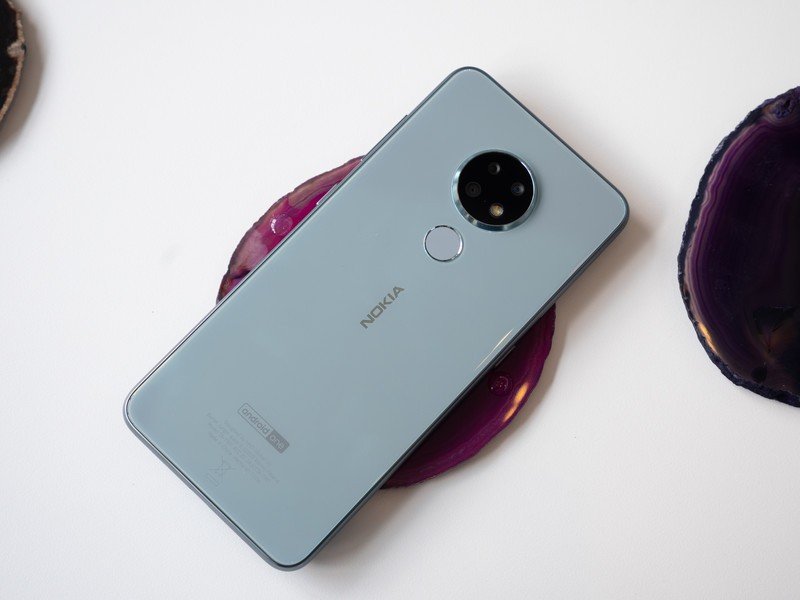
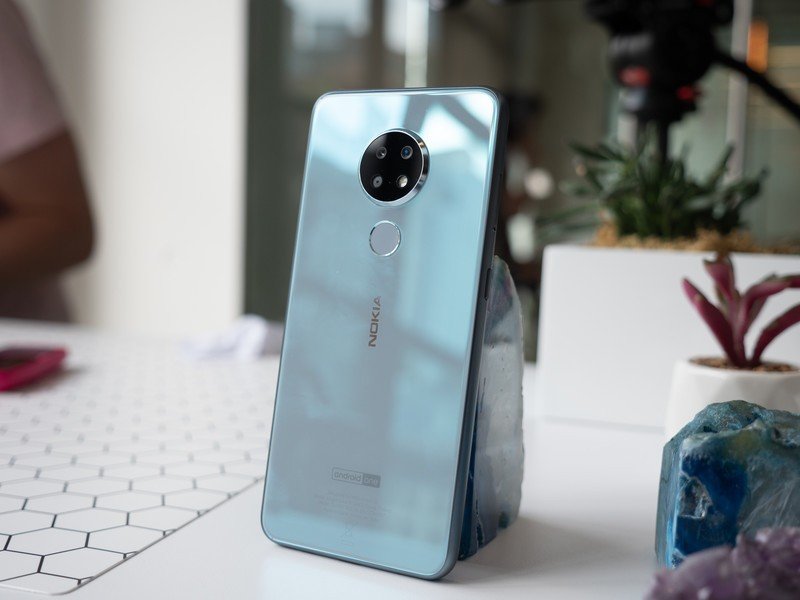
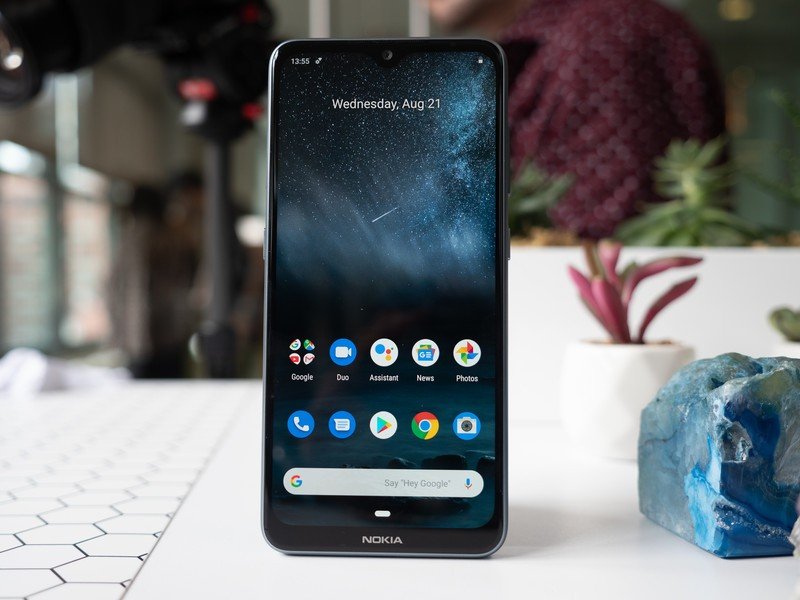
At a starting price of €209, it's safe to say that the Nokia 6.2 isn't going to compete with most affordable flagship devices, but it's not designed to. Firmly entrenched in the budget segment, the Nokia 6.2 offers a lot of bang-for-your-buck, and for those moving from a Nokia feature phone – which the company continues to make and has achieved a lot of success in – it's a great first step into the smartphone space.
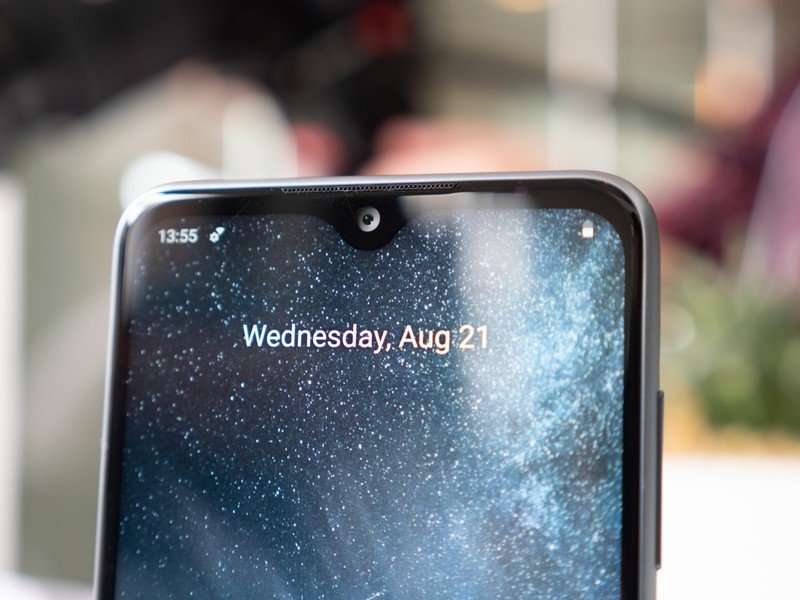
It features a die-cast aluminum chassis and high-tech polymer for a stylish experience that's also practical. Nokia claims the polymer composite allows it to be twice as strong as polycarbonate, yet half the weight of aluminum.
The Nokia 6.2 features three cameras, although they aren't as impressive as the Nokia 7.2. The main camera is a 16MP sensor with f/1.8 aperture, while the depth camera is a 5MP sensor. The third camera is an 8MP ultra-wide-angle sensor with 118° field-of-view, while the front camera is an 8MP sensor with f/2.0 aperture.
Be an expert in 5 minutes
Get the latest news from Android Central, your trusted companion in the world of Android
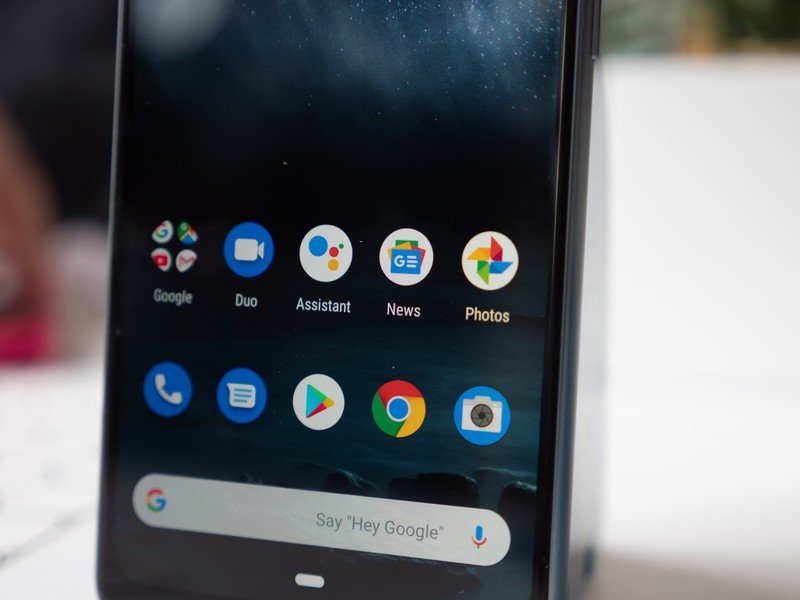
The Nokia 6.2 is launching early next month with an average global retail price of €209 and will also be available unlocked in the US later this year. It's available in Charcoal and Ice colors, with Nokia intent on having dark and light neutral colors that weren't just boring black and white. The ice color has a slight gradient that's subtle and stylish, while the charcoal looks like a cross between dark gray and black. Sadly, the Nokia 6.2 isn't available in the best color of its bigger sibling.
The Nokia 7.2 is the affordable flagship you should buy
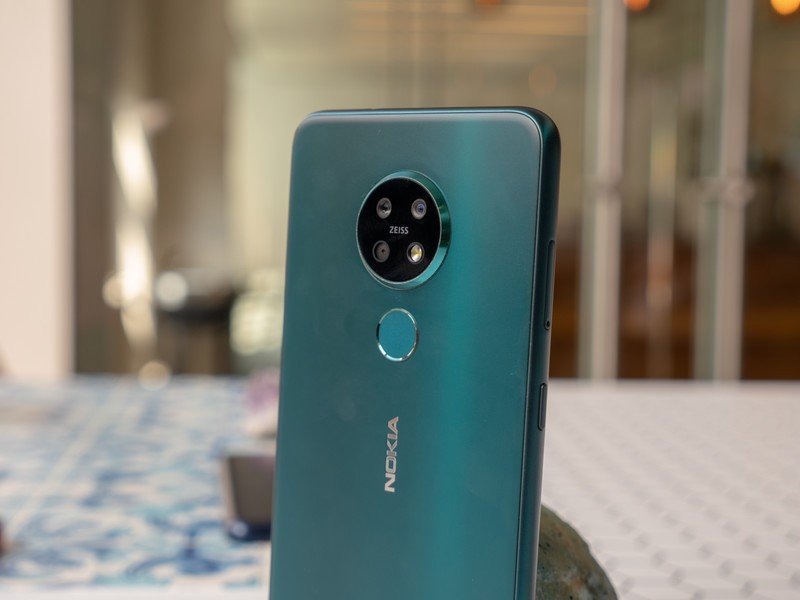
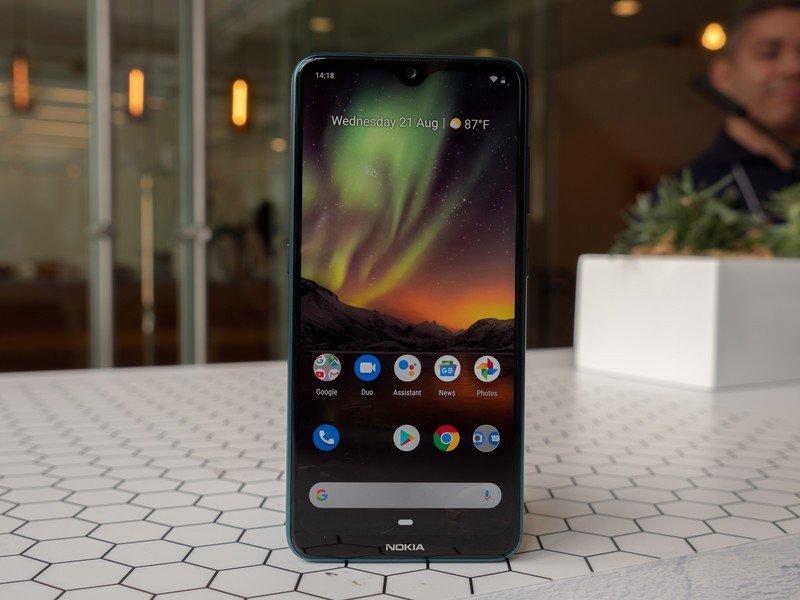
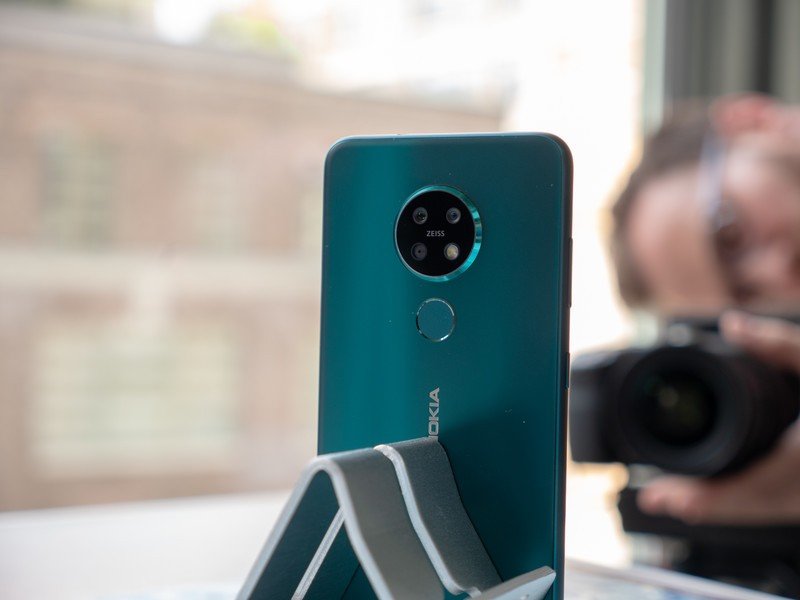
If you're looking for a solid smartphone that doesn't break the bank and looks stylish to boot, you'll love the Nokia 7.2. It shares the same basic framework, design and display as the Nokia 6.2, but elevates the experience in all dimensions at a starting price of just €299.
The main improvement is the triple-camera on the rear. The main camera is a 48MP Sony camera with ZEISS optics, while the ultra-wide-angle camera is an 8MP sensor with 128° field-of-view. The third camera is an 8MP depth camera for better portrait photography. The front camera is a 20MP camera that uses quad-pixel – aka pixel binning, where four pixels are combined into one much bigger pixel to let in more light – to output a 5MP photo with much better low-light performance.
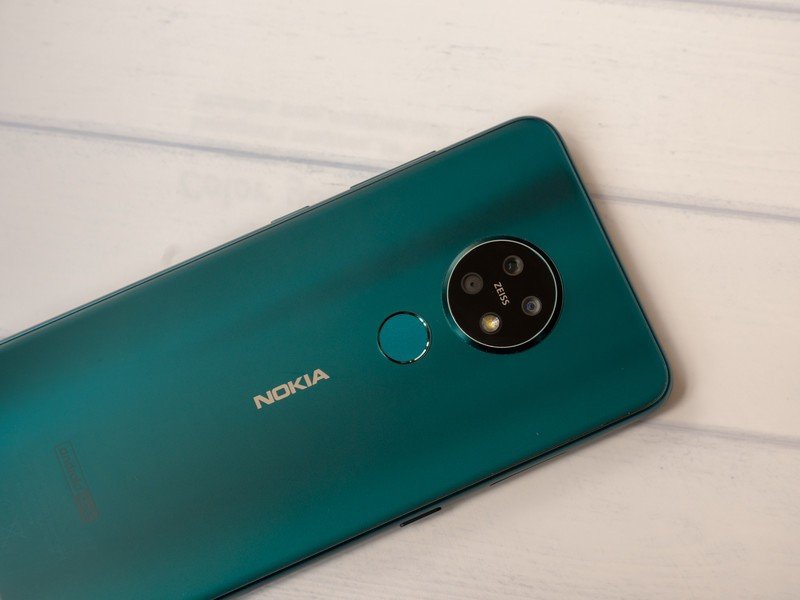
In the rear camera, the ZEISS Bokeh styles – Modern, Swirl and Smooth – recreate the style produced by ZEISS lenses, with Nokia not just applying background blur, but also adding denoise, beautification and lowlight enhancements. The beautification especially often polarizes opinion and rather than take the approach of certain companies, who apply almost cartoon-like effects, the Nokia 7.2 aims to make subtle improvements while keeping the image real-to-life. From our short time with the Nokia 7.2, it seems to deliver on this promise, although we'll reserve judgment for our full review.
The Nokia 7.2 is powered by a Snapdragon 660 processor and improves the 3GB of RAM and 32GB of storage in the Nokia 7.1 to 4GB of RAM and 64GB of storage in this year's base model, at a price of €299. There's also a version with 6GB of RAM and 64GB of storage at a price of €349. You can also expand the storage by up to 512GB with the microSD card slot. The battery is almost 15% larger at 3,500mAh, which Nokia says will deliver two-day battery life. Like most devices, it remains to be seen exactly what it does offer, but this phone should easily last you a full day of very heavy usage.
Cyan green is one of the best colors I've seen, and wouldn't be out of place on a $1,000 flagship.
One of the best things about Nokia 7.2 is the new Cyan green color. Simply put, it's one of the best smartphone colors I've seen in a long time and would not be out of place on a $1,000 flagship phone. As you twirl it in the light, it transitions from a matte effect to an almost-gloss effect, and it's unlike any other smartphone color you can find or imagine. It's so nice, it may make your friends green with envy.
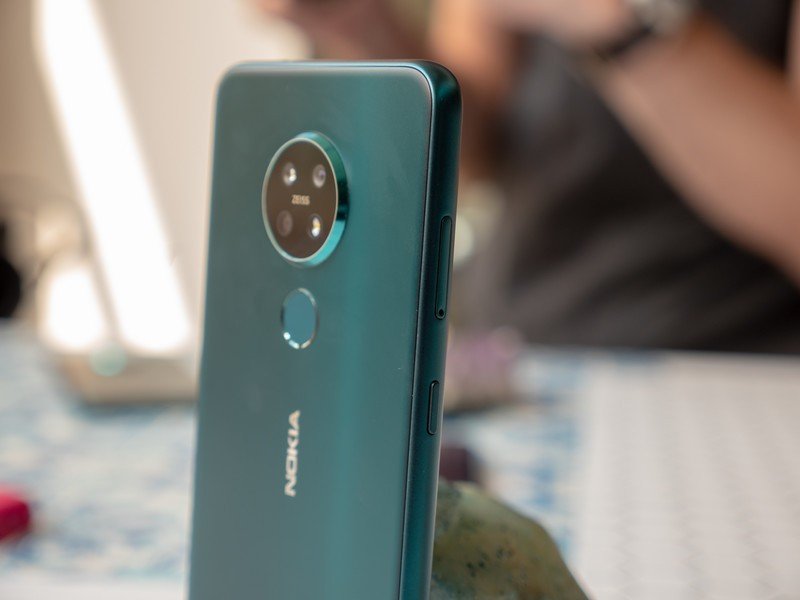
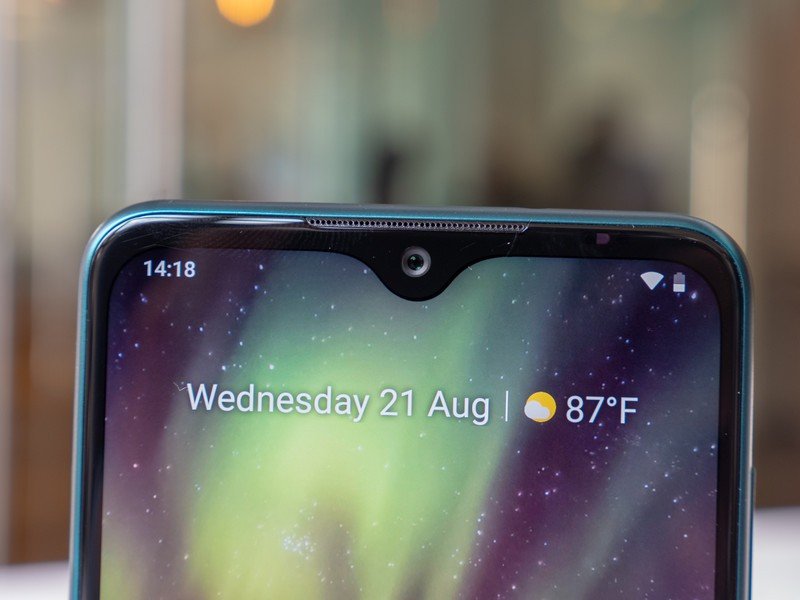
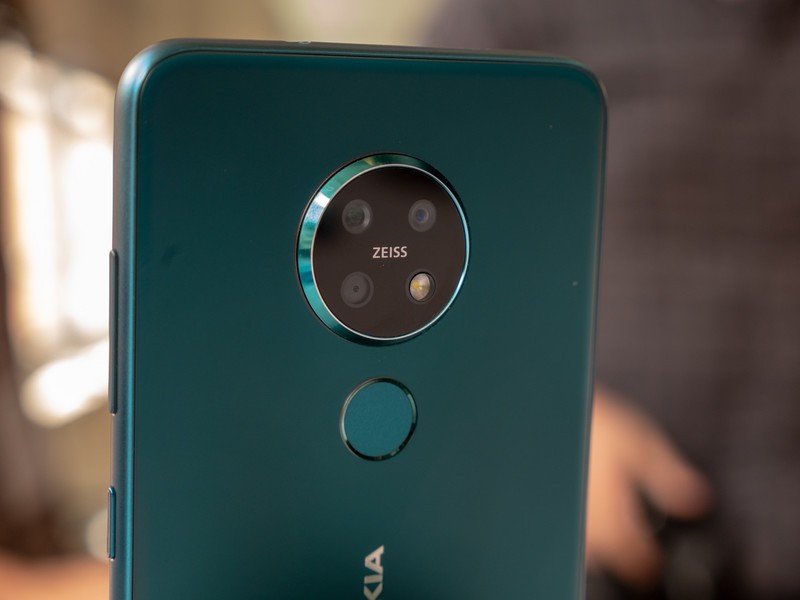
Whether you buy the Nokia 6.2 or Nokia 7.2, you're going to be getting one of the best value-for-money devices you can buy right now. The former offers a lot at a low price, while the Nokia 7.2 could set a benchmark for features you'd expect to find in an affordable flagship. The Cyan green color especially is something I'd love to see come to other devices, as it manages to stand out in an industry where even doing gradients or shimmering colors has become the norm.
Nirave Gondhia has been writing about the mobile industry for over a decade and began his career selling and fixing phones in the UK. He's used every flagship smartphone over the past five years and carries at least two phones at all times - currently, he's using the iPhone 11 Pro, [Samsung Galaxy Fold and Motorola RAZR. Say hi to him on Twitter at @nirave.

